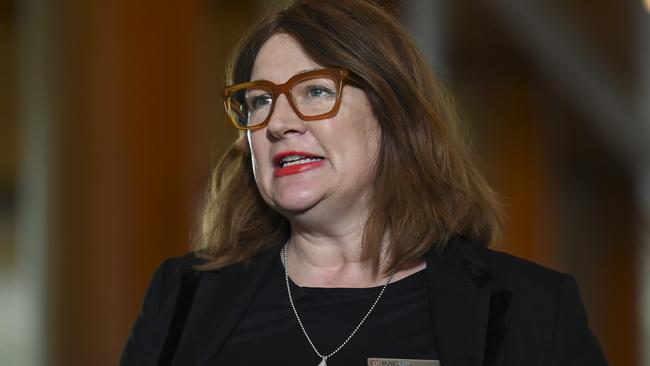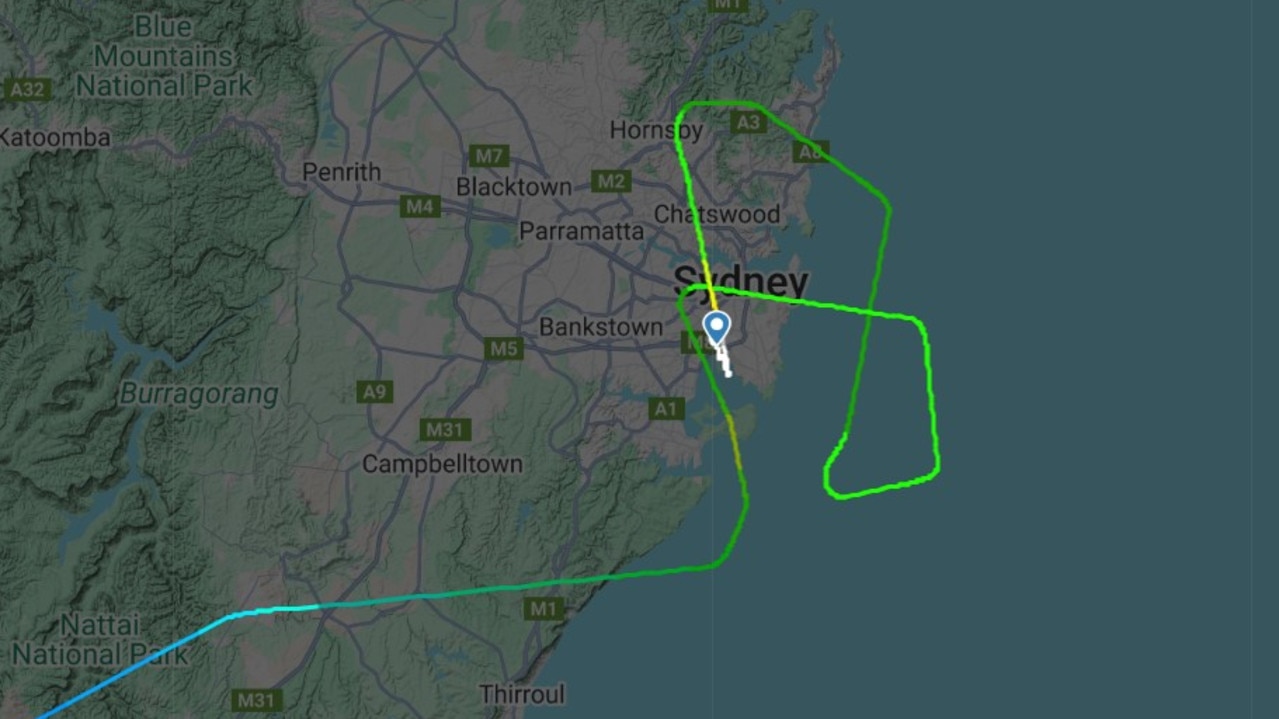‘Bureaucratic’ visa system for international doctors scrapped
A medical visa program placing limits on recruiting overseas-trained doctors has been abolished to help staff rural GP practices.

A medical visa program that stymied recruitment of overseas-trained doctors has been abolished as the federal government moves to simplify processes.
The Visas for GPs program was brought in because of concerns about an oversupply of general practice doctors in Australia, but failed to account for the fact that there was a chronic undersupply of GPs in rural areas.
Regional and rural GP practices that sought to hire overseas-trained doctors had to satisfy the government they had been unable to recruit locally, and international doctors were required to submit a Health Workforce Certificate or Health Workforce Exemption Certificate from an employer as part of their sponsored visa application.
Those requirements are now no longer necessary after federal Health Minister Mark Butler moved with the Home Affairs Department to abolish the Visas for GPs program.
Mr Butler said the reduction in unnecessary red tape would make the international recruitment program easier, with many regional and rural communities struggling to attract local doctors.
“The Albanese government is determined to do everything we can so that when doctors and nurses come in from overseas, they go straight on to the hospital floor or into the aged-care facility or into general practices to deliver healthcare,” he said.
“We need to be very clear with patients and the medical profession that we won’t compromise on our very strong standards that we have here in Australia but there are things we can do to reduce red tape.
“To attract international health professionals in a highly competitive global market, regulatory settings need to be fit for purpose, competitive, and not impose unnecessary barriers, while preserving patient safety standards and quality of care.”
The changes are in line with key recommendations of the interim report of the Kruk review, an independent review of regulatory settings for overseas trained health professionals. The review had been told overseas-trained doctors generally wait much longer to get a visa to work in Australian than similar countries.
It comes as the nation’s peak doctors’ groups met in Canberra last week for a summit on rural medical training. The Australian Medical Association called at the summit for establishment of a national rural health and workforce strategy – including funding for an independent workforce planning agency – and expanded rural training pathways.
Rural communities experience excessive wait-times to see a GP, sometimes waiting up to 12 weeks for an appointment, and there is a severe lack of specialist training options for graduates in rural areas. Nationally, including in the cities, it is estimated there will be an undersupply of about 10,600 GPs by 2031-32 if GP training places remain unfilled, and the rate of retirement and attrition from the profession escalates.

Royal Australian College of General Practitioners president Nicole Higgins said “We welcome the government reducing barriers to enable those doctors who do want to come and work in Australia to be able to do so.
“We need to make sure that while we continue to grow our own doctors, for those health professionals who do want to work in Australia, we need a much simpler process because we’re operating in a competitive environment.”
The interim Kruk report released in August found that despite the nation registering a record 852,272 health practitioners in 2022, demand for them was outstripping supply and vacancy rates were “very high” in most health professions across the private and public sector.
The report said the need for internationally qualified health workers was urgent, but Australia’s processes for regulating overseas health practitioners was seen as “slow and difficult to navigate”, with fragmented and inflexible procedures meaning Australia was “no longer the country of choice for the health workers we want and need”.






To join the conversation, please log in. Don't have an account? Register
Join the conversation, you are commenting as Logout